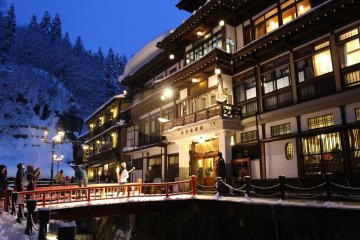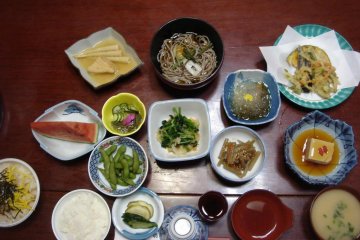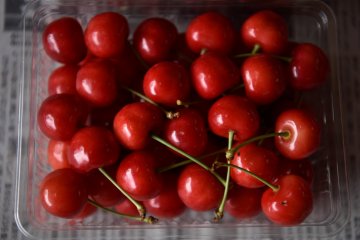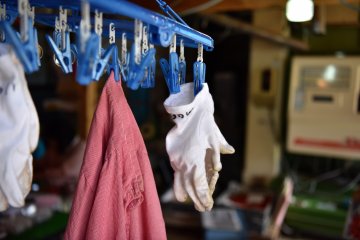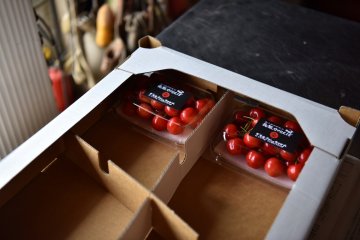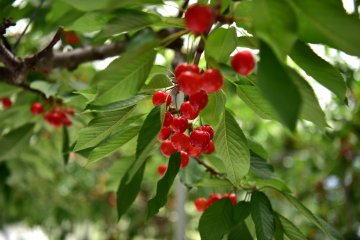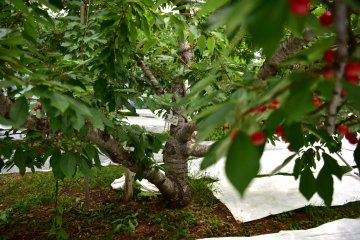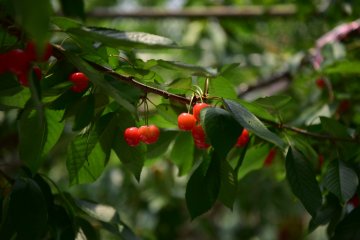There is definitely something both therapeutic and rewarding about fruit-picking. My first experience picking, sorting, and pitting cherries was at Murayama in Yamagata Prefecture. Yamagata is famous for its juicy, sweet, and glossy cherries, and the prefecture is responsible for approximately 70% of Japan’s entire cherry production.
I initially was unaware of Yamagata being known for its cherries until I arrived at my accommodation, Komeyakata Guesthouse, which is run by Nao-san and her family. The guesthouse is actually a rice shop, and welcomes regular customers who bring their rice in big bundles to have them polished with a rice polishing machine on the first floor. A few minutes biking down the street is one of the family’s cherry orchards. I was lucky enough to have visited during the last week of their cherry-picking season, and am very grateful to Nao-san for letting me participate in the process of cherry harvesting.
My first time helping with cherry farming, I was given the task of categorizing the freshly handpicked cherries into those to be sold to customers, to be given to friends, or to be made into jam. The cherries are handled with great care, and workers have to wear gloves to prevent body temperatures from affecting the fruit. We checked each berry for scratches, mold, and any other imperfections. The perfect cherries are packaged and shipped to customers, cherries with minor scratches are boxed up for friends, and cherries with detaching stems are pitted for jam.
The next step was to categorize the cherries that are for customers into different sizes. Workers each had a wooden palette with different sized holes labeled S, M, L, 2L, and 3L. A cherry is taken from the batch sold to customers and is measured for size by dropping it through the hole it can best fit through. Based on the size of the cherries, each box will be priced differently. The larger cherries are naturally more expensive, and a single box can cost up to ¥5000!
After sorting through piles of cherries, I returned to the guesthouse with volunteers who had been working on Nao-san’s cherry farm for the past month through an organization called HelpX. We pitted cherries for jam using a cherry pitter, which, staying true to the use of onomatopoeia in the Japanese language, was actually referred to as pachi pachi. With the two of us working together, we managed to pit five large bags of cherries.
The next day, I decided to wake up at 4:00 am to actually help pick cherries off the trees before catching a 7:30am train to climb Dewa Sanzan. Cherries are extremely delicate fruits, and requires specific temperature, humidity, and sunlight exposure levels in order to thrive. A ripe cherry is first plucked from a tree and given to each worker as a model to compare colors with. And then off you go, scanning every branch for similar cherries until each tree has been stripped.
Cherry farming is not complicated work, aside from properly nurturing the orchards, but it certainly is tedious and requires hard work. Just picking cherries requires at least four hours every morning starting at 4:00 am before the sun rises and the cherries soften. It was definitely a rewarding experience that I would have wanted to extend, and I highly recommend helping on a cherry farm to anyone who is interested.



